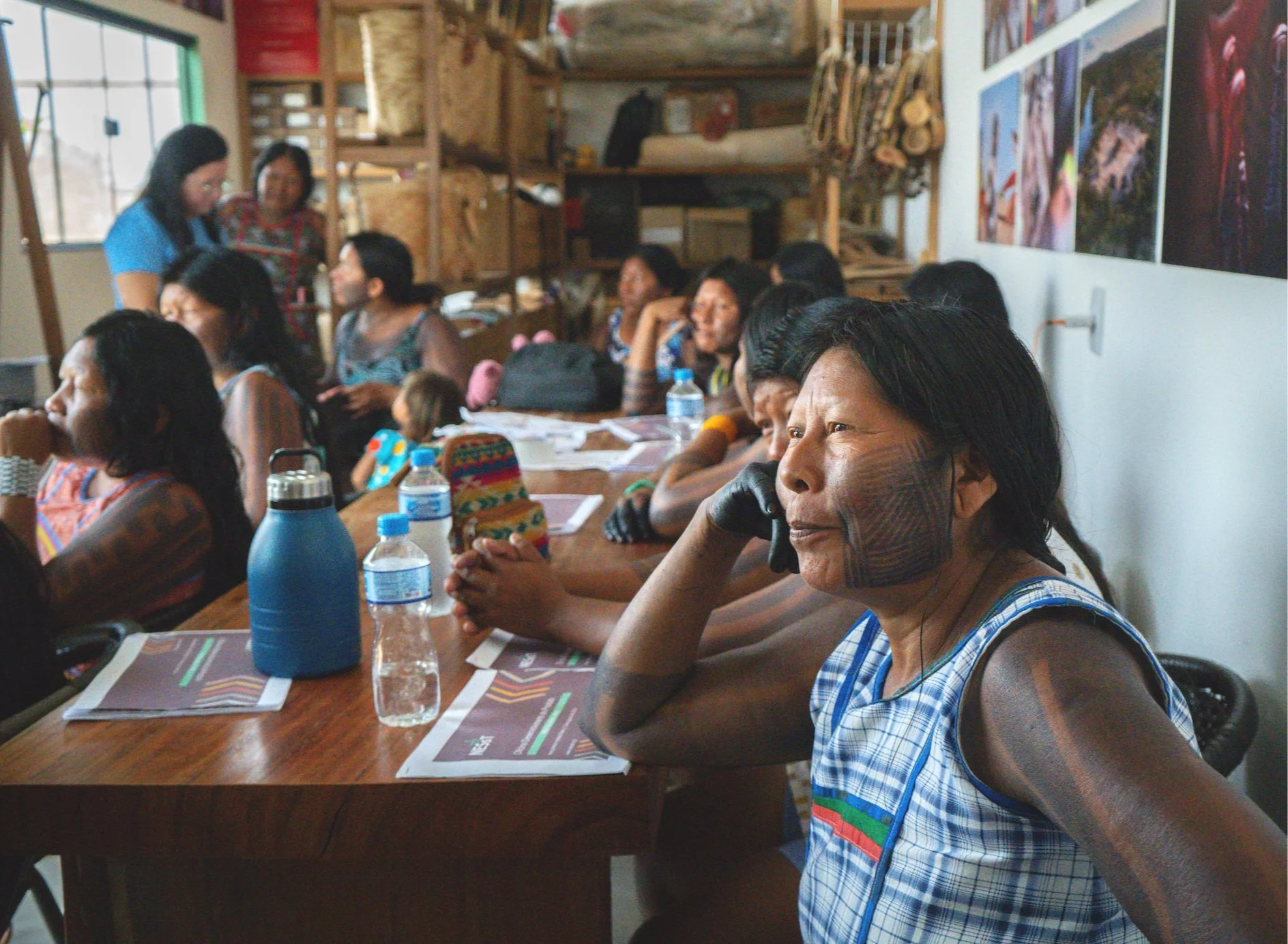How the combination of public, private, and philanthropic capital can unlock funding for impact projects in vulnerable territories
The Amazon holds immense potential for businesses that conserve the forest and strengthen local communities; from sustainable forestry and collecting non-timber forest products to community-based tourism and regenerative agriculture.
But despite their potential, many of these enterprises face structural barriers to accessing credit and investment. Traditional banks and investors often label them as “high risk,” making it difficult for them to grow and scale their impact.
Blended finance is a way to support these sustainable businesses. It brings together philanthropic, public, and private funds to reduce risks and attract investment. By taking on the initial “risk,” organizations like NESsT help to create a safer environment where banks and private investors feel more confident in lending to these businesses. This, in turn, improved their access to credit and growth capital.
This approach is based on three main pillars:
Impact: A strong focus on sustainable development and social inclusion.
Risk-adjusted returns: Different investors accept varying levels of risk, matched to the returns they expect.
Leverage: Catalytic capital absorbs the first risk, lowering the exposure for private investors.
Blended finance models can involve tools such as guarantees, subsidies, technical support, patient capital, and hybrid financial instruments, making enterprises more appealing and financially viable.
In the Amazon, blended finance can be transformative
The blended finance model works especially well for enterprises in the Amazon’s bioeconomy value chains, where it supports businesses led by women, Indigenous peoples, and traditional communities to grow with greater stability and impact.
An example of this is NESsT’s support to sociobiodiversity cooperatives.
Photo: ASPROC
Associação dos Produtores Rurais de Carauri (ASPROC), located on the banks of the Juruá River, supports local riverine communities to produce and sell biodiverse products sourced exclusively from the rainforest, including pirarucu fish, manioc flour, natural rubber, and açaí. NESsT provided funding to ASPROC to support the renovation of a fish processing facility that had part of its structure compromised, enabling its rapid recovery and return to operation.
Additionally, NESsT's investments to Associação dos Trabalhadores Agroextrativistas da Ilha das Cinzas (ATAIC) and Associação dos Agropecuários de Beruri (ASSOAB) funded the opening a semi-industrial kitchen and a natural oil processing factory, respectively.. These investments in basic infrastructure helped prepare these community-based enterprises to access bank loans for working capital in the future.
Photo: CooperSapó
In the case of CooperSapó, business and governance support from NESsT played a key role in strengthening the cooperative’s management and enabling it to access new funding sources that require greater risk exposure.
When structured effectively, blended finance can turn promising projects into powerful solutions. It connects entrepreneurs who need support with investors who care about impact, helping build a forest-based economy that balances environmental protection, social justice, and economic growth.
To make this easier to understand, NESsT has created an infographic that clearly shows how blended finance works in practice and highlights our role in the Amazon’s impact ecosystem. This visual tool breaks down complex financial ideas into simple language, making it valuable for entrepreneurs, policymakers, partners, and anyone interested in advancing the Amazon bioeconomy through innovative financing.
Learn more about NESsT's work in the Amazon and how we are supporting sustainable businesses with innovative financial solutions.
Read the full report and discover NESsT’s recommendations to unlock funding for community-led bioeconomy in the Amazon:
Este blog forma parte de una serie que explora las ideas, los temas clave y los enfoques que impulsan la publicación de NESsTLiberar el potencial del ecosistema financiero mundial para invertir en una bioeconomía sostenible en la Amazonia desde la perspectiva de las comunidades locales".. Basado en las voces amazónicas y en conversaciones con la comunidad financiera mundial, el informe identifica nueve recomendaciones en dos áreas clave para que los inversores públicos y privados centrados en el impacto mejoren la orientación, la eficacia y la eficiencia de su financiación de la bioeconomía amazónica. A través de esta serie de diez partes, pretendemos llevar estas oportunidades a conversaciones más amplias y diversos espacios de debate, amplificando el alcance de las comunidades amazónicas y sus voces, experiencias y soluciones.









